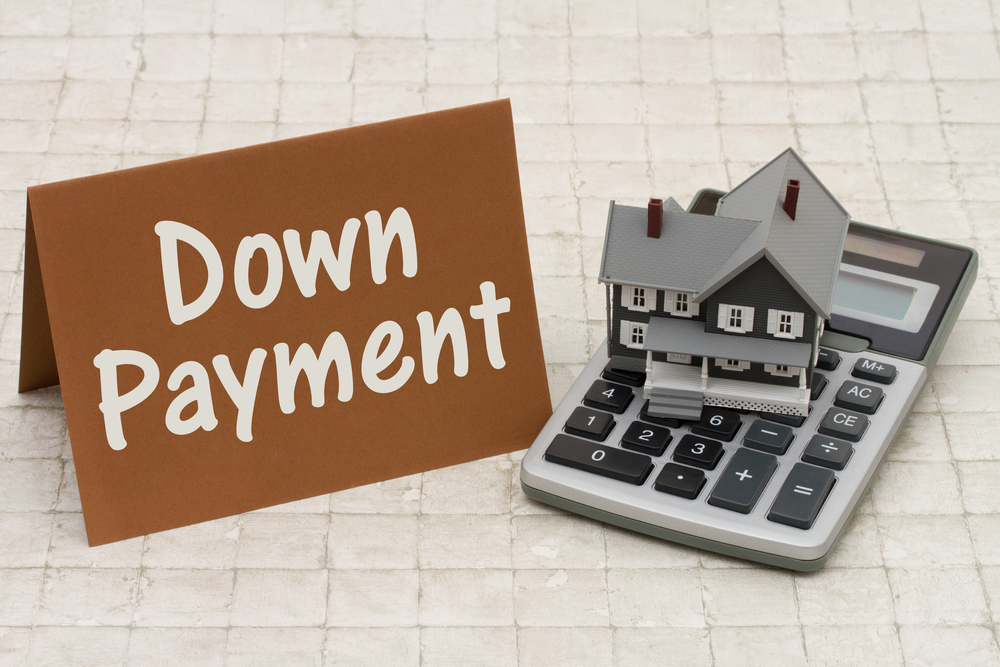How Much Do You Really Need for a Down Payment on a Home?
In years past, lenders have always pushed that a 20% down payment was absolutely necessary in order to purchase home. Fortunately, this idea is a myth. The average first–time home buyer puts just 6% down, and certain loan programs allow as little as 3% or even zero down.
How much down payment you need for a house depends on which type of mortgage you get. A conventional loan is the most sought after loan option, and the down payment requirement starts anywhere from 3% to 5% down. On a $350,000 house, that’s a $10,500–$17,500 down payment. However, in order to avoid private mortgage insurance (PMI), you need at lease 20% down on a conventional mortgage – which increases your monthly mortgage payment.
Depending on the mortgage program for which you’re applying, there’s going to be a specified minimum down payment amount. For today’s most widely–used mortgage programs, down payment requirements are:
- Conventional Loan (with PMI): 3% minimum
- Conventional Loan (without PMI): 20% minimum
- FHA Loans are guaranteed by the Federal Housing Administration and require as little as 3.5% down
- VA Loans are backed by the Department of Veterans Affairs and have no down payment requirements. VA loans are designed for active military, veterans, and some surviving spouses
- USDA Loans are guaranteed by the U.S. Department of Agriculture and require nothing down. However, USDA loans are devised for home buyers in suburban and rural areas who meet income limits and other eligibility criteria
- Fannie Mae HomeReady Loan: 3% down minimum
- Freddie Mac Home Possible: 3% down minimum
- Jumbo Loan: typically 10% down, depending on lender
In the end, a 20% down payment isn’t always necessary. If you want to purchase a home this year, reach out to a trusted real estate agent to start the conversation and explore your down payment options.


